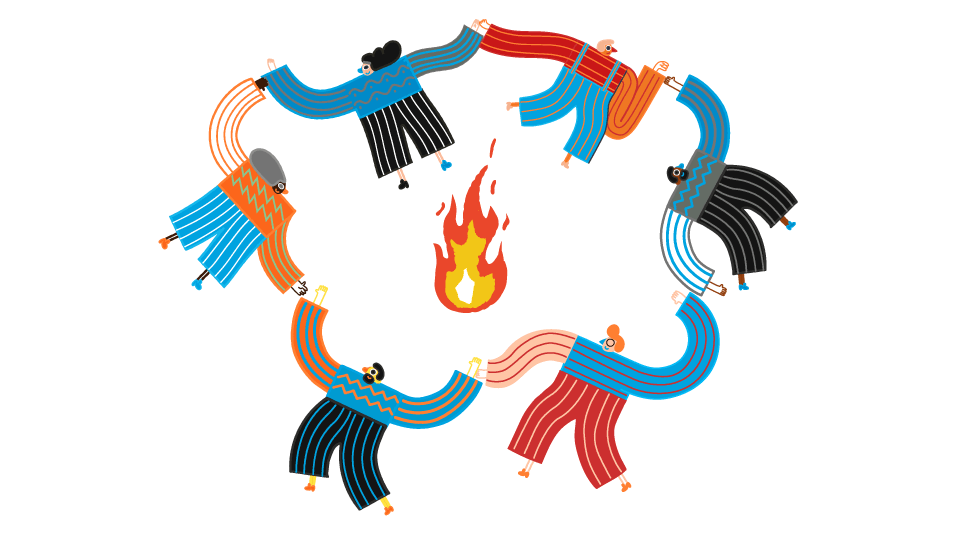Civic character
Practices | Understand culture and context

Use evidence-based resources, empathy, reflective questioning, and asset-based appreciative inquiry to fully understand and assess the lived and current experiences and circumstances of individuals, communities, and learning environments.
1. Highlights
Every challenge or problem that we want to address through Principled Innovation is located within a particular context. This context includes the unique people, natural and built environments, history, institutions and other influences that define its culture and ways of operating. Before working to design or implement solutions to a problem, Principled Innovation emphasizes the need to understand the culture and context within which we want to “create positive change for humanity.”
Consider the history, environment, institutions, and people to learn about context
Use empathy and perspective taking to understand others' experiences
Gain a deeper understanding of the problem and the system in which it's situated
If we don’t take the time to understand culture and context, we risk creating misguided solutions that fail to address the true problem and which are not embraced by the people affected. And poorly informed “solutions” often have unintended consequences that make the situation worse.
In order to understand culture and context, we draw on a variety of character assets, in particular the moral asset of empathy and the civic assets of perspective taking, inclusivity, and civility. Perspective taking means putting ourselves in others’ shoes and doing our best to understand the world as they experience it. This allows us to expand our understanding of what it means to live and work in the context in question and takes us beyond our own experiences. Inclusivity and civility create environments in which we welcome people’s differences and seek out their stories, honoring the voices and opinions of even those who disagree with us. These character assets set us up to deepen our knowledge and understanding of a problem and of the larger systems within which that problem is situated. This “appreciative inquiry” allows our principled innovations to better leverage the unique strengths which have contributed to a community’s prior successes.


2. Context

Getting to know your students in a million words or less
Video
2 minutes
By: Edutopia
Collaborating to end homelessness
Video
10 minutes
By: Principled Innovation® (PI)
I was a low-income college student. Classes weren’t the hard part.
Article
10 minutes
By: New York Times
Missing stories
Tool
45 minutes
By: Principled Innovation® (PI)
Access our collection of +200 learning materials
PI toolkit library4. Connect the dots
How could this practice be enacted through the Civic assets?

Perspective taking
Perspective taking both supports and is supported by the PI practice of seeking to understand culture and context. In becoming better informed about the daily challenges others face in our communities or the resources others bring to solve those problems, we strengthen our ability to imagine what it is like to walk in others’ shoes.

Altruism
Our attempts at helping others through altruism must be informed by our understanding of the social and systemic contexts in which they live. Failing to understand the context may lead to misguided generosity that hurts more than it helps. While altruism is driven by a greater understanding of culture and context, it can also motivate us to understand others better. In this way, altruism works as both a result of and an impetus for seeking to understand the social context of others and the challenges they face.

Civility
Civility is rooted in respecting other human beings as rightful members of a shared community, and framing our words in civil speech challenges us to match our words with our dispositions. Practicing civility helps us to frame our own perspectives of others and the assets that they bring to our communities. This framing provides an important starting point for understanding the resources available to solve our common problems, and it helps us stay in the room long enough to understand the root problems that affect our society.

Inclusivity
Bringing stakeholders together in inclusive settings which foster positive, safe and civil exchanges can surface deeper understandings of the value systems and interrelationships at play within the social context. The construction of inclusive environments gives us the opportunity to better understand the underlying social fabric of our communities.
